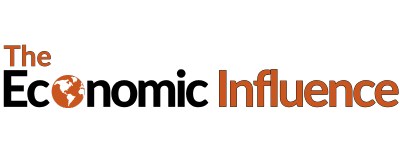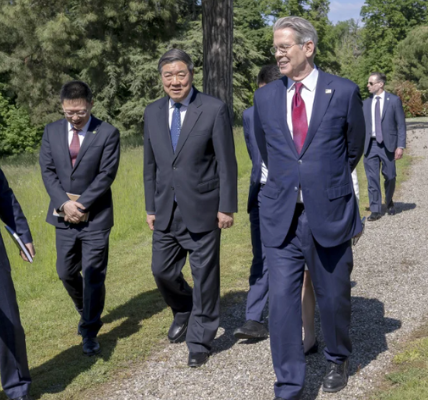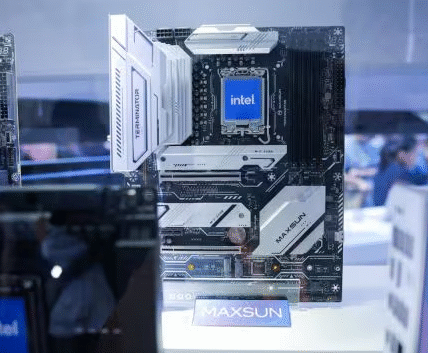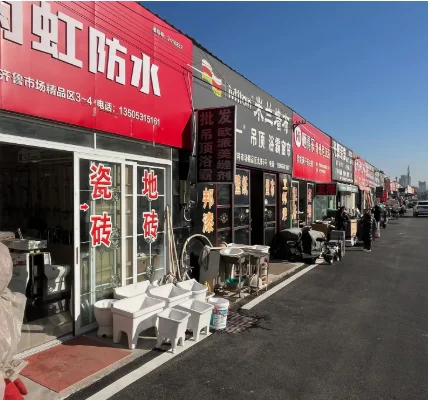Trump Unleashes New Tariff Wave: 40% Duty on Transshipped Goods to Start August 7
New Tariff Regime Targets Transshipment, Raises Global Trade Stakes
In a sharp escalation of trade enforcement, U.S. President Donald Trump has authorized a new executive order implementing steep tariff hikes across a wide range of imports, with a specific focus on cracking down on transshipped goods. The new policy, effective August 7, 2025, introduces tariff rates between 10% and 41%, with a flat 40% duty on all transshipped items regardless of origin.
“The August 1 deadline is final — no extensions,” Trump posted emphatically on Truth Social.
Transshipment Crackdown: A 40% Message
A key provision of the order is a 40% duty targeting transshipped products—goods that pass through third countries to disguise their true origin or bypass existing duties. This move is widely seen as a strategic response to Chinese rerouting practices, though China has not been directly named in the order.
Winners and Losers Under the New Tariff Plan
Several countries were hit hard by the recalibration:
- Syria: 41%
- Laos & Myanmar: 40%
- Switzerland: 39%
- South Africa: 30%
Others saw some relief:
- Thailand: Reduced to 19% (from 36%)
- Malaysia: Down to 19% (from 24%)
- Taiwan: Now 20% (lowered from 32%)
Nations not mentioned in the executive order will now face a standard 10% import duty.
Canada and Allies Not Spared
While Canada remains part of the USMCA agreement, new duties on non-covered exports will rise from 25% to 35%. U.S. trade partners like Japan, the EU, South Korea, Indonesia, and the Philippines have negotiated limited adjustments to their tariff rates, pending further bilateral agreements.
No Clarity on Rules of Origin
Former U.S. trade negotiator Wendy Cutler expressed concern over the lack of direction on rules of origin—a key issue when enforcing transshipment penalties.
“Without clear rules of origin, applying these tariffs uniformly will be difficult and could lead to disputes,” she said.
Global Market Jitters
The announcement sent ripples through Asian financial markets:
- KOSPI fell over 3%
- Nikkei 225 dipped by 0.66%
- ASX 200 in Australia slid 0.76%
While tariffs on Chinese goods remain unchanged for now, August 12 is the next critical date, depending on the outcome of ongoing U.S.-China trade negotiations in Stockholm.
Analysts Predict More Hikes Ahead
Stephen Olson, an expert at the ISEAS-Yusof Ishak Institute, believes this is just the beginning:
“This executive order is a warning shot. More tariff hikes and enforcement actions are almost inevitable.”
He also noted the unpredictable nature of U.S. trade enforcement under Trump’s current term, saying global exporters must prepare for rapid, politically motivated shifts in tariff rates.
Trump’s renewed tariff strategy marks a more aggressive phase in his “America First” trade agenda. The 40% transshipment tariff is a clear signal that the U.S. is clamping down hard on loopholes, while pushing allies and rivals alike to make bilateral deals—or face steep economic consequences.





